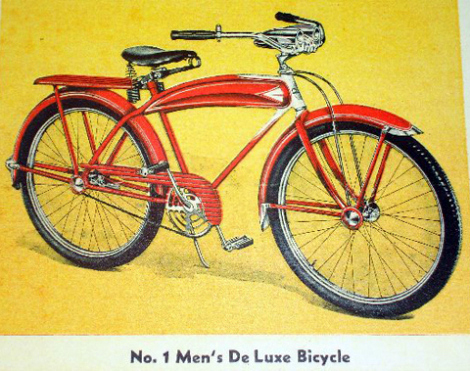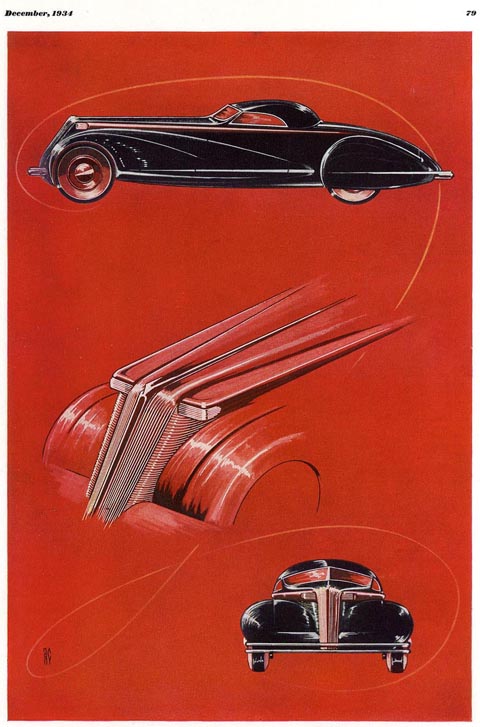

The Art Deco movement arose in the early 20th century following the 1925 Paris Exposition Internationale des Arts Décoratifs Industriels Modernes (International Exposition of Modern Industrial and Decorative Arts). A number of factors influenced the movement, the end of the war being one of them. Post-war society at this time was full of optimism for the future and designers wanted their pieces to reflect this. Art Deco furnishings were vibrant and playful, representing an avant garde way of thinking. Furthermore, international travel was becoming more affordable, exposing people to other countries and cultures. All of these influences were evident in Art Deco designs.
Amongst Art Deco manufacturers there were two distinct schools of thought: on one hand there were those who concentrated on the crafting of individual pieces by highly-skilled furniture makers, and on the other hand, there were those who embraced innovative new techniques of mass production. Both were popular with consumers.
By the beginning of the Second World War the popularity of Art Deco was waning. It was a time of extreme austerity and the style was perceived as gaudy and unfittingly luxurious. The movement experienced a revival in the 1960’s, and vintage pieces as well as modern takes on the style are still popular to this day.

Raymond Loewry was the leading designer in the ‘streamline moderne’ style in America. ‘Time’ magazine once described him as the ‘father of industrial design who made products irresistible at a time when nobody really wanted to pay for anything.’
The fabulous railway trains and automobiles he created epitomised the science fiction ‘style of tomorrow’ popular in the 1930s. Leading American cycle manufactures hired top designers to create bicycles in this streamline style, but the European cycle industry at this time was too austere to follow suit. Nevertheless, the theme was picked up by the designs of French prams (baby carriages). See ‘La Voiture de Demain’ below…

It’s rare to see this design style prominent in bicycles or tricycles, but the French children’s tricycle featured here is obviously influenced by this school of design. Though at first sight its artistic simplicity appears an interesting example of functionality over form, it’s not actually as practical as required for serious infant transportation!
– It is devoid of steering and the small front wheel is reminiscent of the castors used in furniture, and not large enough to prevent it tipping over. Its only saving grace is that toddlers are used to falling over anyway. But modern ‘health and safety’ regulations would definitely not allow such a trike anywhere near a child.
In my opinion, this is a prototype created by a designer to complement a range of furniture, using furniture components. It was most likely used for exhibition purposes, and probably also featured in a catalogue of one of the upmarket Paris department stores.
This is a classic example of an artistic item designed to look good in a fashionable house, and the direct opposite of the Bauhaus credo …this is definitely form over functionality.

1930s Tubular Children’s Tricycle
Streamline Moderne Art Deco Style
24′ High
24″ Long
12″ Wide
(Now sold)

Resplendent in red and yellow, this unique tricycle is in slightly weathered original condition. As is the case of many surviving art deco furniture pieces, its designer is unknown.



COUNT ALEXIS DE SAKHNOFFSKY

Sakhnoffsky was a leading American exponent of streamlining in vehicle design. He designed the 1937 Mercury bicycle.

TO SEE STREAMLINE DESIGNS BY
COUNT ALEXIS DE SAKHNOFFSKY
PLEASE CLICK HERE










